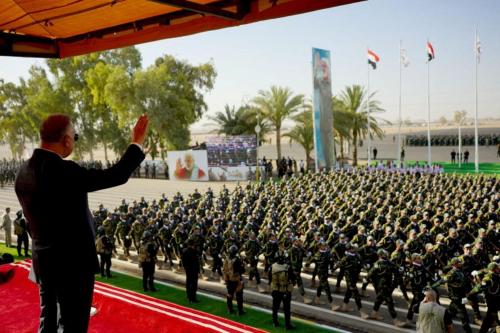It was not a good summer in Iraq. After the midwinter bright spots—reductions in violence, greater economic vitality, the famous purple fingers of voters—the situation worsened as the weather warmed. Most worrisome, the constitutional process has failed to bring aboard Sunni Arabs, who remain the core of the insurgency. While Shiites and Kurds wisely compromised on some key points, they favor an oil-allocation scheme that Sunnis fear could deprive them of their fair share of Iraq’s natural wealth.
There is, as always, some good news. The government has made progress on managing inflation, rewriting banking laws and adopting strict budgetary rules to prevent deficit spending. Telephone and Internet use continue to increase; gross domestic product is greater than during Saddam Hussein’s latter years in power; school enrollment is up 20 percent since 2000. And somewhere between one-tenth and one-fifth of Iraqi security forces are now fairly capable.
But on balance the indicators are troubling. Electricity production remains stuck at prewar levels even as demand soars, and the power is off in Baghdad more often than it is on. Unemployment is stubbornly high. Infant mortality rates are still among the Middle East’s highest. And Iraq is the most violent country in the region, not only in terms of war casualties but of criminal murders as well. On one point at least, pessimists and optimists about Iraq tend to agree: the situation needs a major boost from the political process. In that light, the Oct. 15 referendum on the draft constitution looms very large.
View the Op-Chart (graphic by Amy Unikewicz)



Commentary
Op-edThe State of Iraq: An Update
September 9, 2005